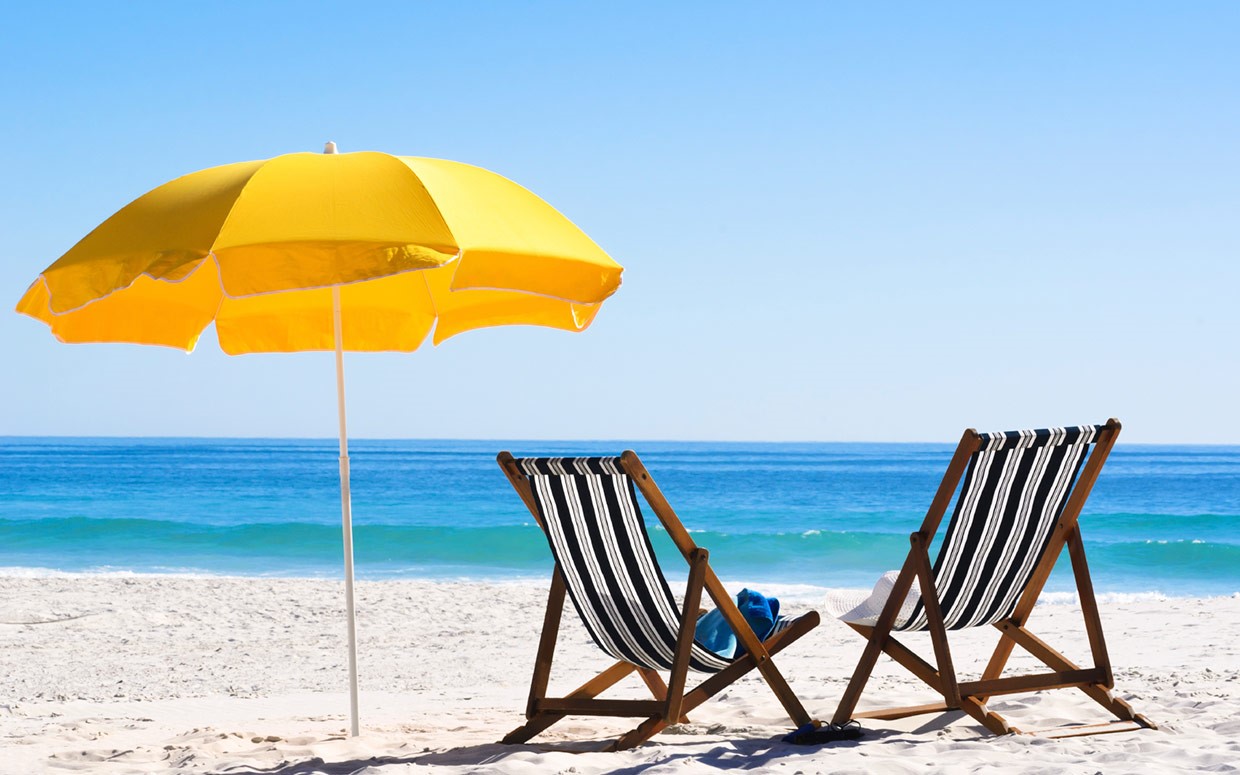Best places for senior trip unveils a world of exciting possibilities for seasoned travelers. This guide explores top destinations, tailored itineraries, and essential considerations for planning an unforgettable and accessible adventure. From luxurious river cruises to independent explorations, we delve into diverse travel styles, highlighting the unique advantages and challenges each presents. Learn how to choose the perfect destination, accommodation, and activities to create a truly enriching experience.
We’ll examine factors crucial to planning a smooth and enjoyable trip, including health considerations, budgeting, and accessible transportation options. Discover how to adapt activities to suit various fitness levels and prioritize rest and relaxation. This comprehensive guide ensures your senior trip is not just a journey, but a memorable celebration of life and adventure.
Activities Suitable for Senior Travelers: Best Places For Senior Trip
Planning a senior trip requires careful consideration of activities that cater to varying levels of physical ability and energy. Choosing the right activities is crucial for ensuring a safe, enjoyable, and memorable experience for all participants. The following suggestions offer a balanced approach to adventure and relaxation, adaptable to individual needs.
Activity Recommendations for Senior Travelers, Best places for senior trip
Selecting appropriate activities is paramount for a successful senior trip. The following table categorizes activities based on physical exertion, providing examples and highlighting potential health benefits.
| Activity | Location Examples | Physical Activity Level | Potential Benefits |
|---|---|---|---|
| Sightseeing Tours (Bus or Guided Walks) | National Parks, Historical Cities, Museums | Low-Impact | Cognitive stimulation, exposure to new cultures and environments, social interaction. |
| Gentle Yoga or Tai Chi | Hotel Fitness Center, Park, Resort | Low-Impact | Improved flexibility, balance, and stress reduction. |
| Cooking Class | Local Culinary School, Resort | Low-Impact | Learning new skills, cultural immersion, enjoyment of healthy meals. |
| Walking Tours (at a leisurely pace) | Historic districts, charming villages | Moderate | Improved cardiovascular health, exploration of local areas, mild exercise. |
| Kayaking (calm waters) | Lakes, slow-moving rivers | Moderate | Gentle cardiovascular workout, enjoyment of nature, improved upper body strength (with assistance if needed). |
| Bike Tours (electric bikes recommended) | Scenic trails, flat terrain | Moderate | Cardiovascular exercise, exploration of surroundings, enjoyable sightseeing. |
| Whale Watching | Coastal areas | Low-Impact | Relaxing experience, opportunity to witness wildlife, stunning views. |
| Wine Tasting | Vineyards, wineries | Low-Impact | Relaxing and social activity, tasting local products, learning about winemaking. |
| Gentle Hiking (short, well-maintained trails) | National Parks, scenic areas | Moderate | Improved cardiovascular health, enjoyment of nature, mild exercise. |
| Spa Treatments | Hotel Spas, Resort Spas | Low-Impact | Relaxation, stress reduction, improved well-being. |
Adapting Activities to Different Mobility Levels
Adapting activities to suit individual needs is essential. Here are some strategies:
- Low Mobility: Opt for low-impact activities like sightseeing tours by bus, gentle yoga, or spa treatments. Consider using mobility aids such as walkers or wheelchairs where necessary. Choose accommodations with easy access and elevators.
- Moderate Mobility: Engage in moderate-impact activities like leisurely walking tours, calm water kayaking, or bike tours using electric bikes. Plan for rest breaks and choose shorter, less strenuous activities.
- High Mobility: Individuals with higher mobility can participate in a wider range of activities, but it’s still crucial to pace themselves and avoid overexertion. Consider incorporating longer hikes or more physically demanding activities, but always allow for rest periods.
The Importance of Rest and Relaxation
Incorporating ample rest and relaxation into any senior travel itinerary is crucial. Sufficient downtime allows for rejuvenation, preventing fatigue and ensuring enjoyment of the trip. This might include scheduled rest periods during the day, early nights, or planned relaxation activities like spa treatments or quiet time for reading. Adequate rest minimizes the risk of injury and enhances the overall experience, ensuring a truly restorative and memorable journey.
Planning the perfect senior trip requires careful consideration, but the rewards are immeasurable. By thoughtfully selecting a destination, tour type, and activities, seniors can embark on enriching experiences that create lasting memories. This guide has provided a framework for navigating the planning process, emphasizing accessibility, affordability, and personalized enjoyment. Remember to prioritize health, safety, and relaxation to ensure a truly unforgettable adventure.
Expand your understanding about aarp travel agency with the sources we offer.


